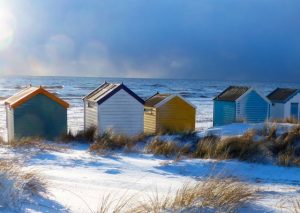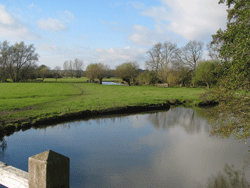
“Landscape is my mistress…” John Constable 1812
and looking at the beautiful landscape of the area now known as Constable Country it is easy to see what inspired the artist to paint some of England’s most popular pictures.
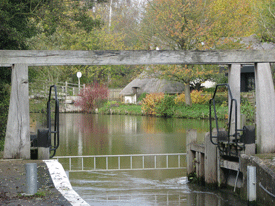
John Constable was born in 1776 in East Bergholt to a prosperous corn merchant who owned Flatford and Dedham water mills, as well as a windmill in East Bergholt. After school in Lavenham and Dedham, Constable began training as a miller but used his spare time to paint and draw. He persuaded his parents that he wanted to become a painter and in 1799 enrolled at the Royal Academy Schools in London. He spent his holidays in Suffolk practising his art on the familiar landscape around East Bergholt.
Constable rejected contemporary notions of ‘landscape painting’ which until then had followed certain conventions on how foliage should be painted and how compositions should be organised. He took his inspiration from nature as he saw it in front of him which makes it easier for us to enjoy today the same views that Constable painted.
At Flatford Mill where he painted many scenes of barges, boat building and the dock gates, the National Trust have restored the dry dock and made new gates for the lock based on Constable’s original drawings. Sections of the damaged dock floor were repaired with new brocks manufactured at the original Sudbury brick works. The dock is flooded periodically to keep down the weeds.
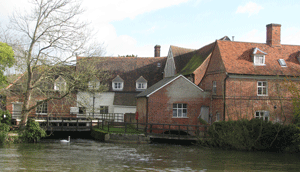
Probably Constable’s most famous painting is the Hay-Wain produced in 1820-21. Today you can still see clearly where Constable was positioned when he sketched the hay cart (or wain) returning to the fields across the river via the ‘flat’ ford for some more hay.
After Constables death in 1837 the family sold Flatford Mill to John Lott and milling continued until the turn of the 20th Century. Sir Alfred Munnings, another local lad from Dedham, visited Flatford with his Father in 1898 and found a working mill ‘ beautiful, unspoilt as in the days of Constable.’ Flatford was even a stop on a Thomas Cook & Son itinerary in 1893 and the Great Eastern Railway arranged tours with coaches meeting the London trains to Colchester.
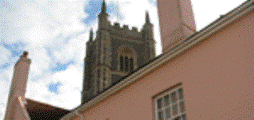
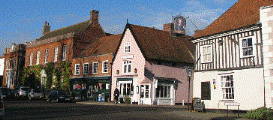

Dedham is a very pretty town within walking distance of Flatford and is well worth a visit at any time of the year. In addition to the Munnings Museum, there’s also an art & craft gallery and several antique shops to visit. The Church sits in the middle of the town, off the High Street, and the churchyard backs onto the well used village cricket pitch! There are many stuning walks throughout DEdham Vale and the town of Dedham is a good starting and stopping off point for many of them. The walk to Flatford Mill from Dedham should take ca 45mins following the meandering River Stour.
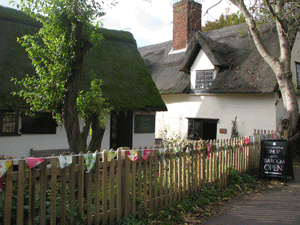
However Flatford Mill and Willy Lott’s House fell into disrepair until Thomas Parkington of Ipswich bought the estate and presented it to the nation on his death as a tribute to Constable. The National Trust acquired it in 1943 and it has been leased to the Field Studies Council for courses since 1946. The National Trust run Bridge Cottage at Flatford (pictured above) as well as a large coffee shop so you can be assured of some sustenance when you visit!
RSPB Flatford Wildlife Gardensopened in June 2011 and is the first RSPB dedicated wildlife garden in the UK. The gardens belonged to two sisters, Sylvia and Margaret Richardson who ran a tea garden on the site for decades. Being great nature lovers, they bequeathed the land to the RSPB to care for and there is now an innovative and beautiful garden, with sweeping flower borders, rich with nectar and pollen for our beleaguered bees and butterflies. A meadow full of wildflowers to support a myriad insects to feed our declining sparrows and song thrushes.
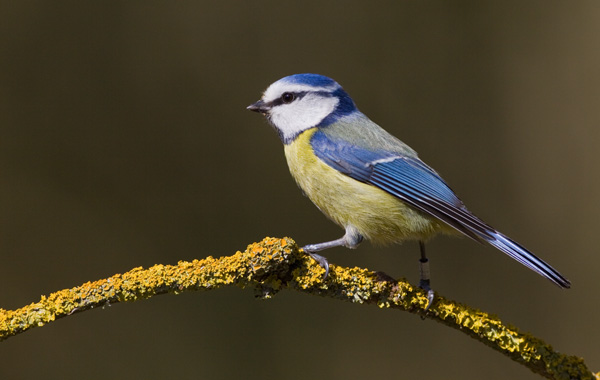
The garden is open daily between April and the end of September. Entrance is free, dogs are welcome but must be on leads, and during the school holidays there will be a range of activities, including pond dipping, mini-beast hunting, moth mornings and nature trails, amongst others. Please see RSPB Flatford Wildlife Gardens to check what activities are on at the moment.
Like Turner, Constable was noted for his paintings of the sky using his knowledge of cloud formations and patterns from the time he spent growing up alongside a windmill to good effect. Suffolk is still famous for its ‘big skies’ given the lack of tall buildings and low population/light density, so you should be able to enjoy similar views of the clouds when you visit Constable Country.
Related Content
For more on the life and work of John Constable please see our feature on Suffolk’s two extraordinary painters –
⇨Constable & Gainsborough
⇨National Trust at Flatford
The Field Studies Council at Flatford offer a range of environmental and art-based courses. Over 300 residential and day activities are offered each year for people of all ages. Find out more here –
⇨Field Studies Council at Flatford
⇨Gainsborough’s House
⇨Sudbury
⇨Visit Constable Country
